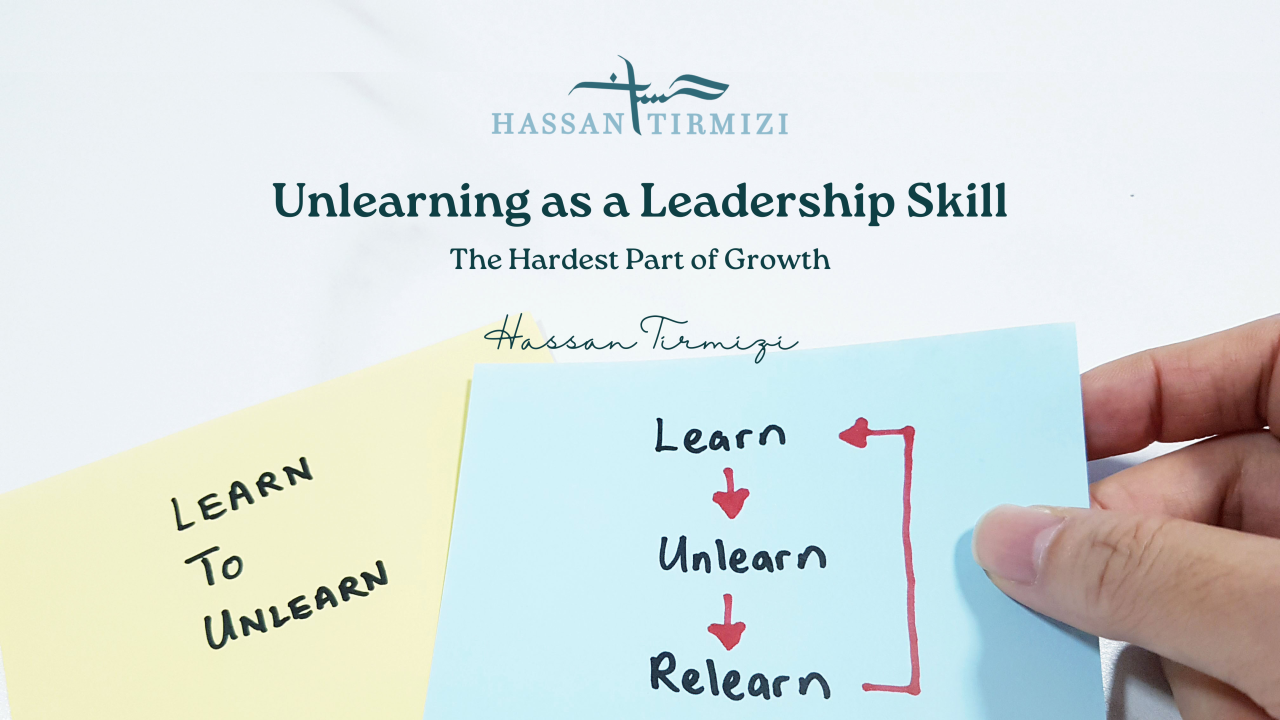In the age of information that is readily available and the speed of change is never-ending, learning is now more important than ever learning. For students, it’s not solely about eliminating old knowledge but also about getting rid of old ideas, habits, and methods that create a conducive environment for improvement.
Let’s take a look at the reasons that not learning could be the most powerful academic tool that a large portion of students don’t recognize.
Breaking Out of Outgrown Study Habits
Students often follow the same study patterns throughout the semester, making notes in pencil, studying chapters repeatedly and over again, or taking all-nighters. However, not all approaches last for a long time. What worked in high school might not work at a university. The key issue is to accept the fact that these strategies will not have any value anymore, and you must be willing to take a lesson from these strategies.
Some students think that only long-term and intense studies in a quiet environment can be efficient. However, the environment on campus has changed in the last few years. Students can now be more productive in a communal space that offers quiet and comfortable breaks, as well as in spaces for groups that are outfitted with vending machines, as well as tables, or coffee stations, which are collaborative.
In letting go of the notion of studying as a silent or solely occupied task, students have the ability to become more social and tolerant of environments in real life that are compatible with their body’s rhythms naturally.
Rethinking the Ideals of Education
Children learn that the process of learning goes the same way: go to class and remember the material, take exams, and then move forward. However, learning doesn’t happen linearly. It requires re-examination of the subject, as well as challenging beliefs and sometimes beginning again.
This is particularly evident when talking about how early childhood education is structured. For instance, modern early childhood programs are geared towards the exploration of imagination, creativity, and emotional development over memorizing by rote.
It’s kind of odd that older children have to get rid of the rigidity they were taught in schools and return to a more flexible and flexible mindset. The students who will succeed at the end of the day will be those who can get rid of the practice of always having someone to give the right answer and instead take the initiative to ask questions.
Looking Past Labels to Discover True Strengths
Whatever their abilities at maths or not, or if they’re being labeled by other people as”a” ath person” or “bad at writing,” students accept the labels, regardless of whether they’re based on practicality and imposed by others or designed by themselves and reflect their own self-image.
It’s not an easy task, but it’s crucial to shed the labels. Anyone who believes they’re inept in science might never be able to realize their potential in research or critical thinking. Eliminating that stigma could open new learning opportunities.
Reducing Perfectionism to Acknowledge Actual Progress
Many students are taught that to be successful academically, they have to be perfect to get top marks, do their work flawlessly, and follow the most perfect schedules. However, the pursuit of perfection usually leads to tension and procrastination as well as inexplicably anxious feelings about being a failure. The true growth occurs when students begin to let go of the belief that everything must be perfect right from the beginning.
A shift towards continuous improvement instead of perfection lets students take part in activities that are learning without stress. Drafts that aren’t fully baked and participating in discussions that are open, even when they don’t have answers, or achieving average grades in difficult subjects are all normal ways to learn. In letting off the need for the pursuit of perfection, students are able to be resilient and keep learning, without fatigue.
Final Thoughts!
Learning isn’t the same as letting go of all the things you’ve learned. It’s about allowing yourself to improve. It’s a continual procedure of evaluating what’s not working and allowing change, and allowing yourself to transform in ways you have not thought of. It’s after all, the ones who can adapt instead of memorize who are the best outside the boundaries of their classroom.




